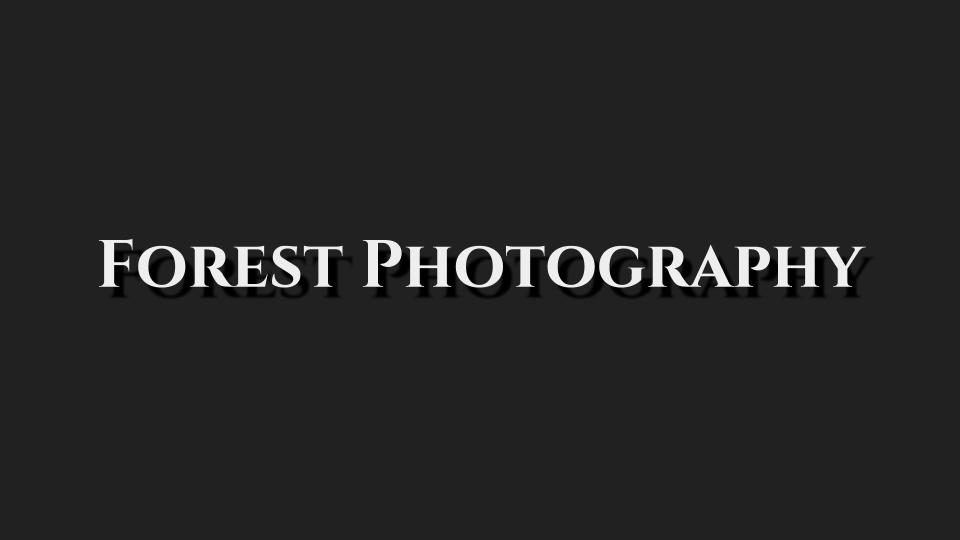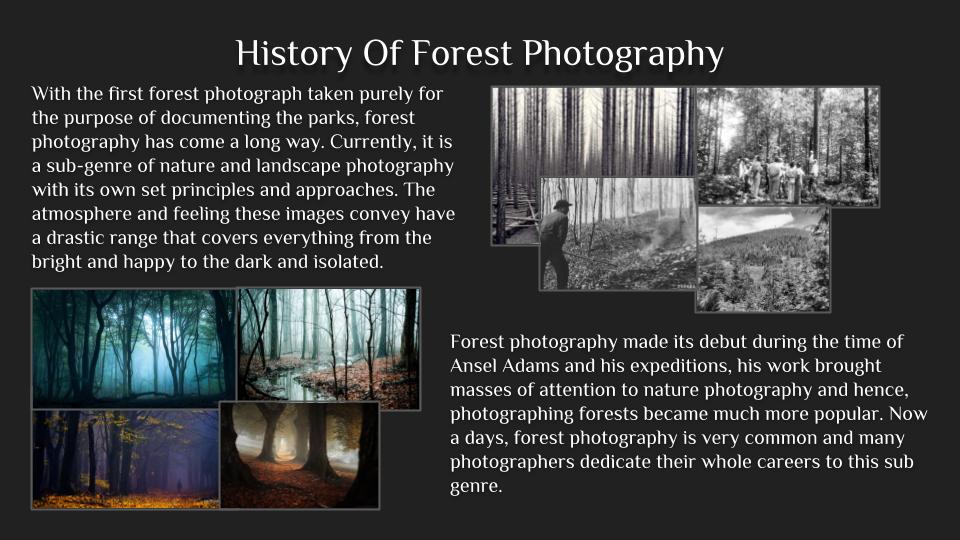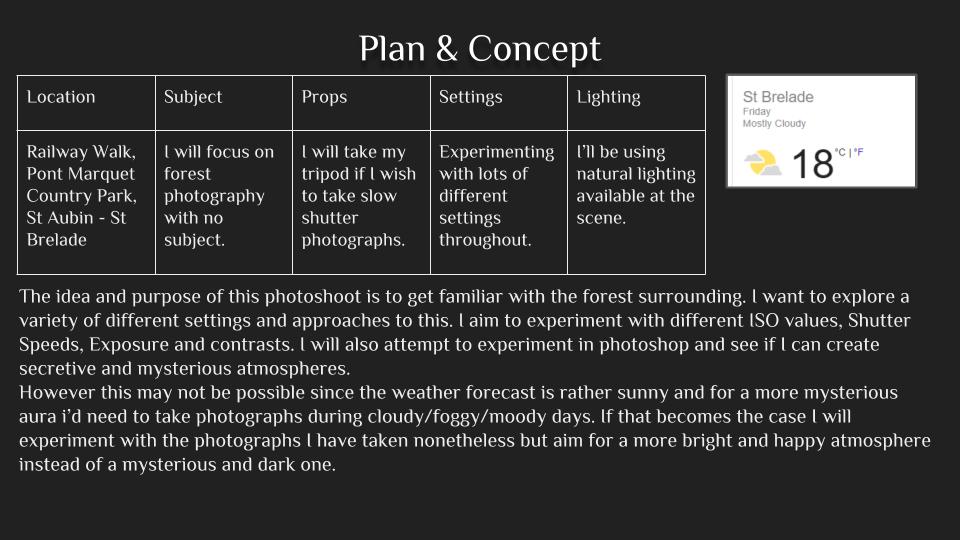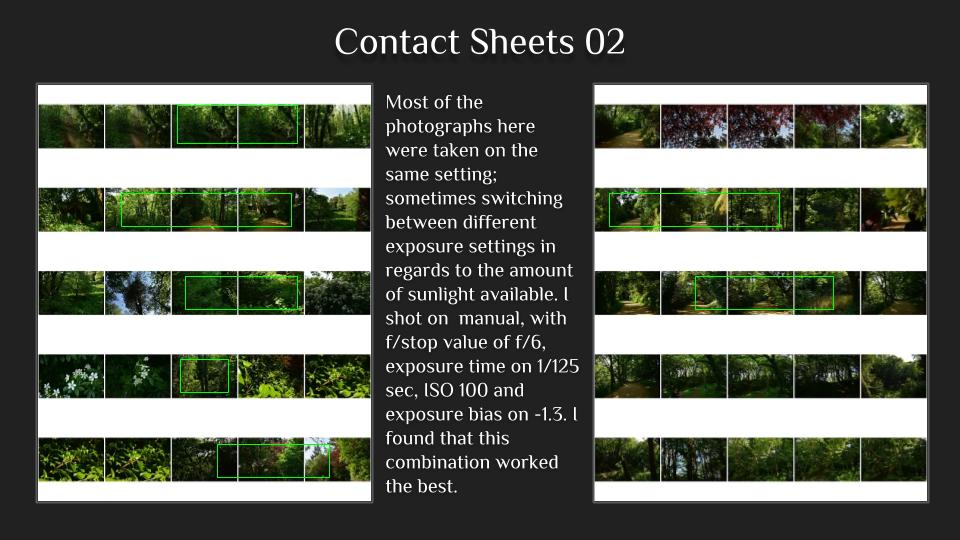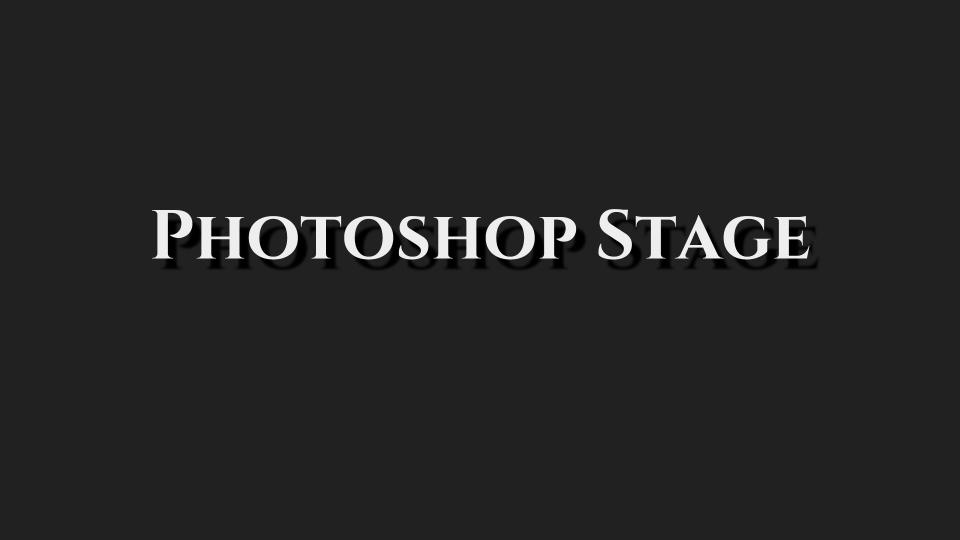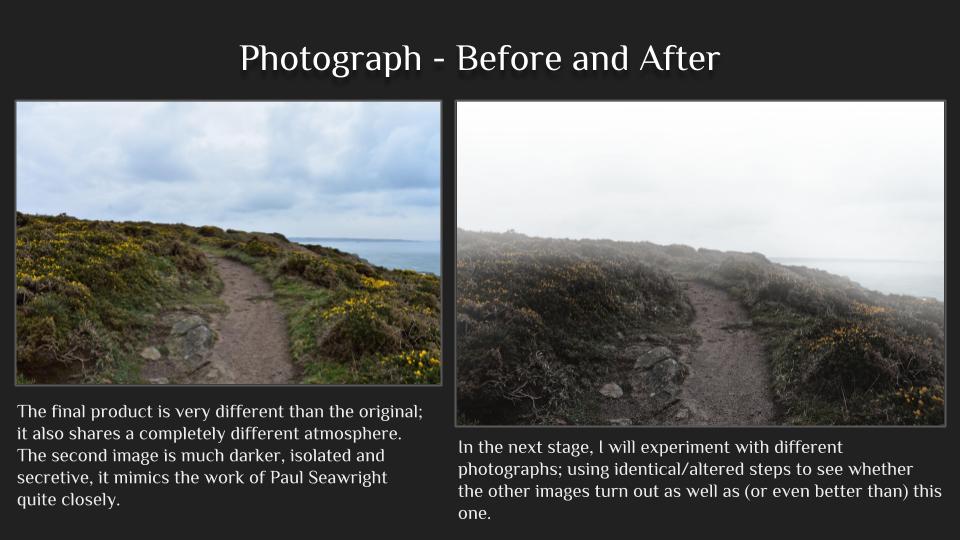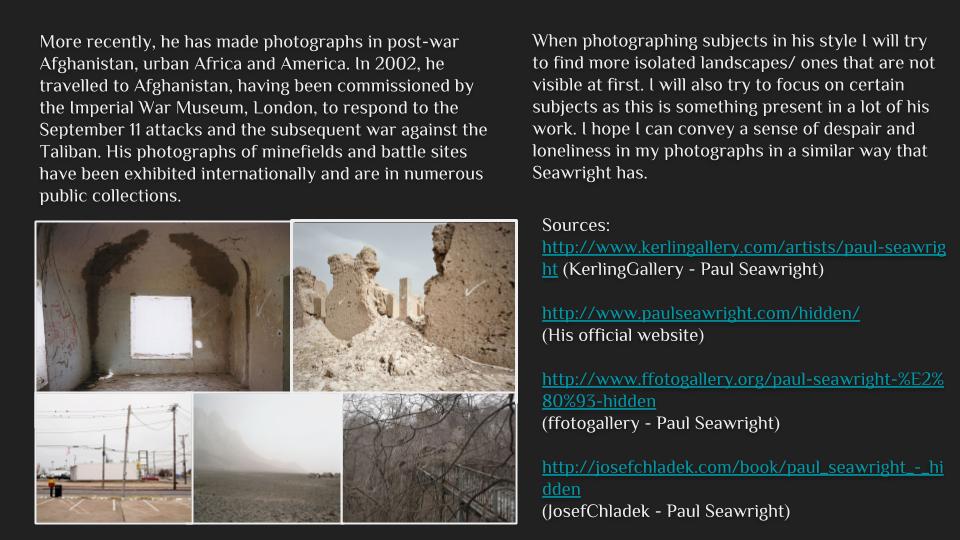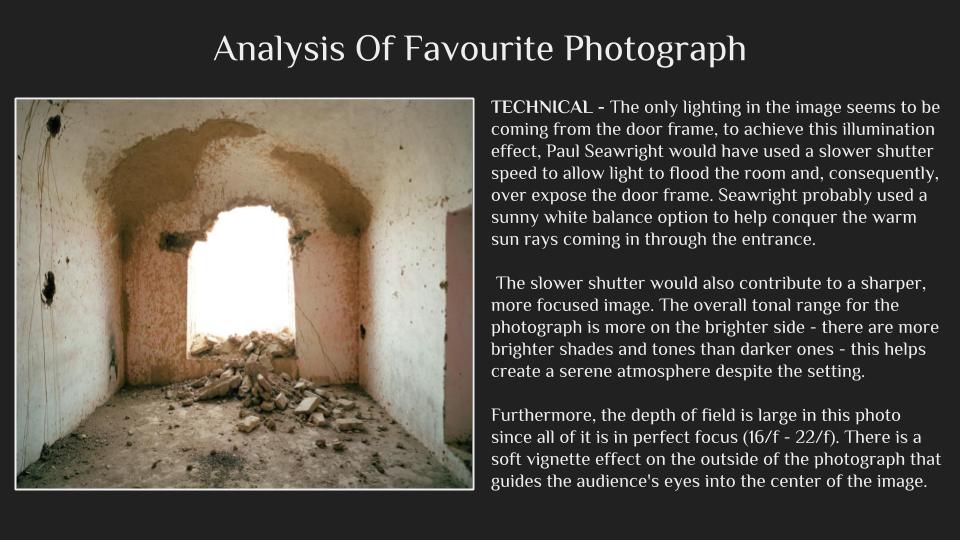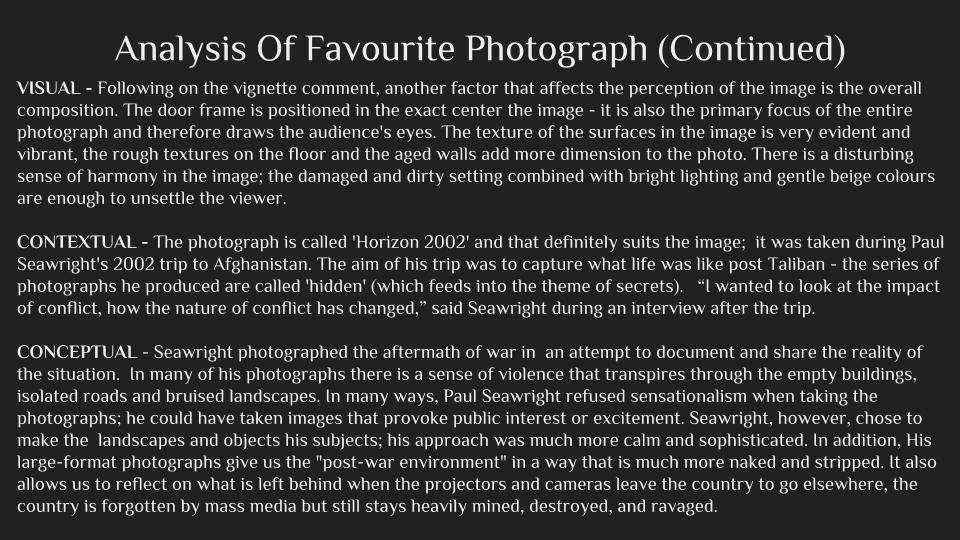All posts by Julia L
Filters
Photoshoot – Paul Seawright
Case Study – Paul Seawright
Photo Journalism
History And Background
At the beginning, photojournalists took photos to go along with news stories. There might be a long, written story about a news event and one or two photos to go with it. Those photographs were very popular because they helped people really see what was going on in the news.
Soon, there were also entire stories being told mostly by the photos, with just a few sentences in-between to show the relationships among the photographs. These photo stories became very popular in magazines in the 1930s and after.
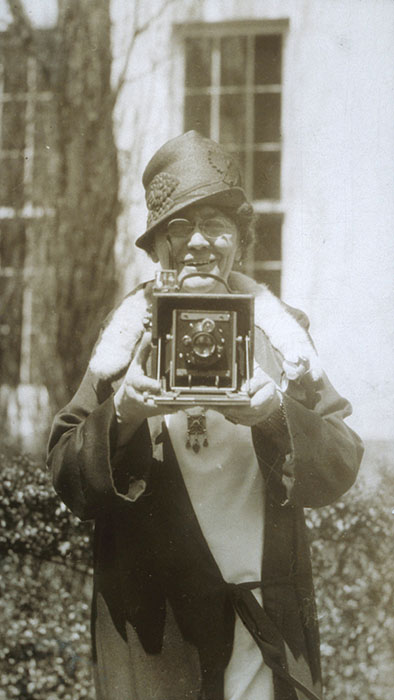
Photojournalism In Today’s World
Modern photojournalism became possible after small portable cameras were developed and became much widely available around the 2000s. These cameras were more manoeuvrable than earlier models, which could be as large as hat boxes. The smaller size allowed photographers to get closer to an event and capture it as it unfolded. The Internet, camera phones and the popularity of video sharing sites such as YouTube have changed the way photojournalism is viewed. These days the public demands sensational images and many media organizations comply in order to keep regular viewers and attract new ones.
Despite society’s insatiable appetite for sensational images, it’s important to help individual photojournalists to find a humanistic approach to picture taking. Stress the need to document real situations rather than pick certain points and sensationalize them.

Mindmaps Of Themes
Exploration Of Secrets
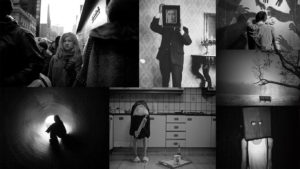
Mindmap
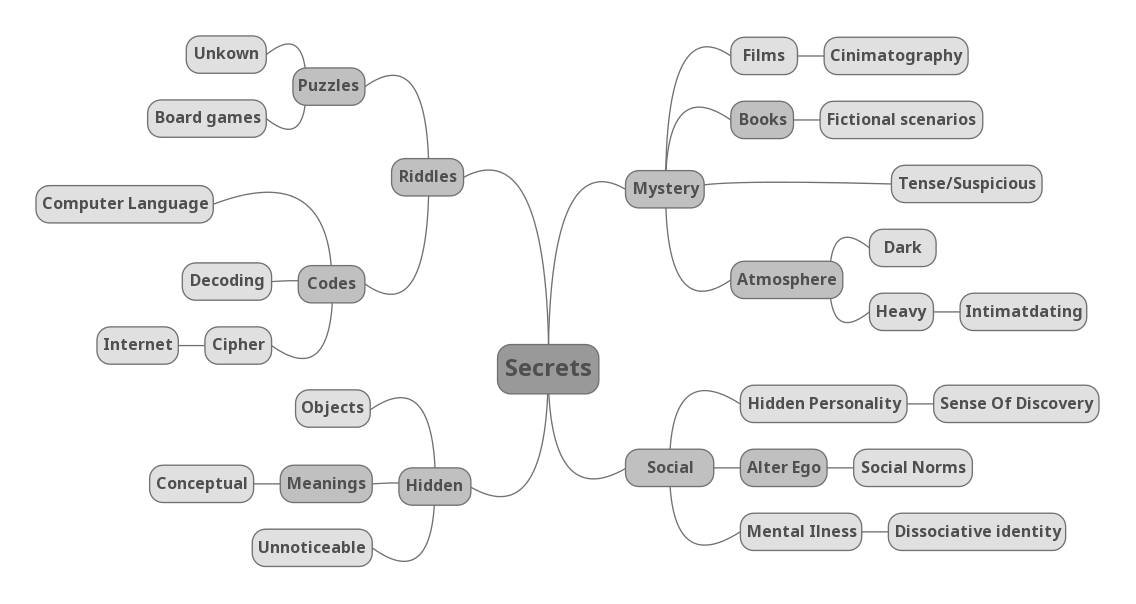
Exploration Of Codes

Mindmap
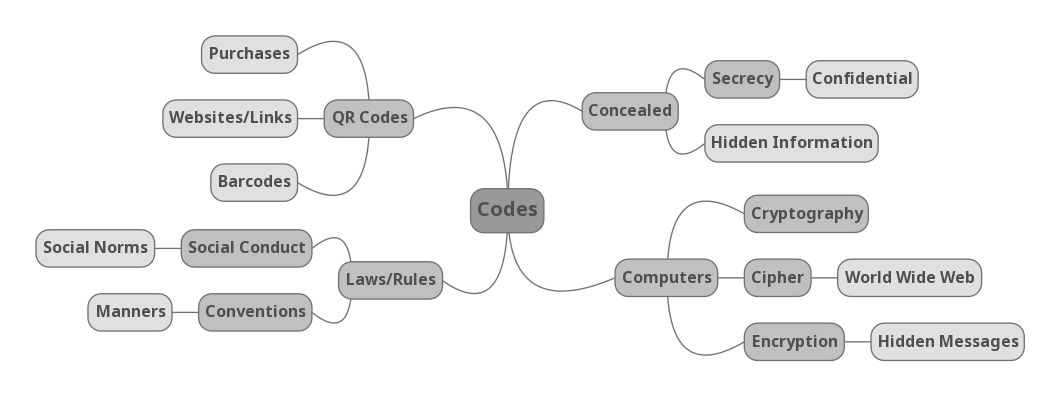
Conventions
Presentation Of Final Pieces
Final Images

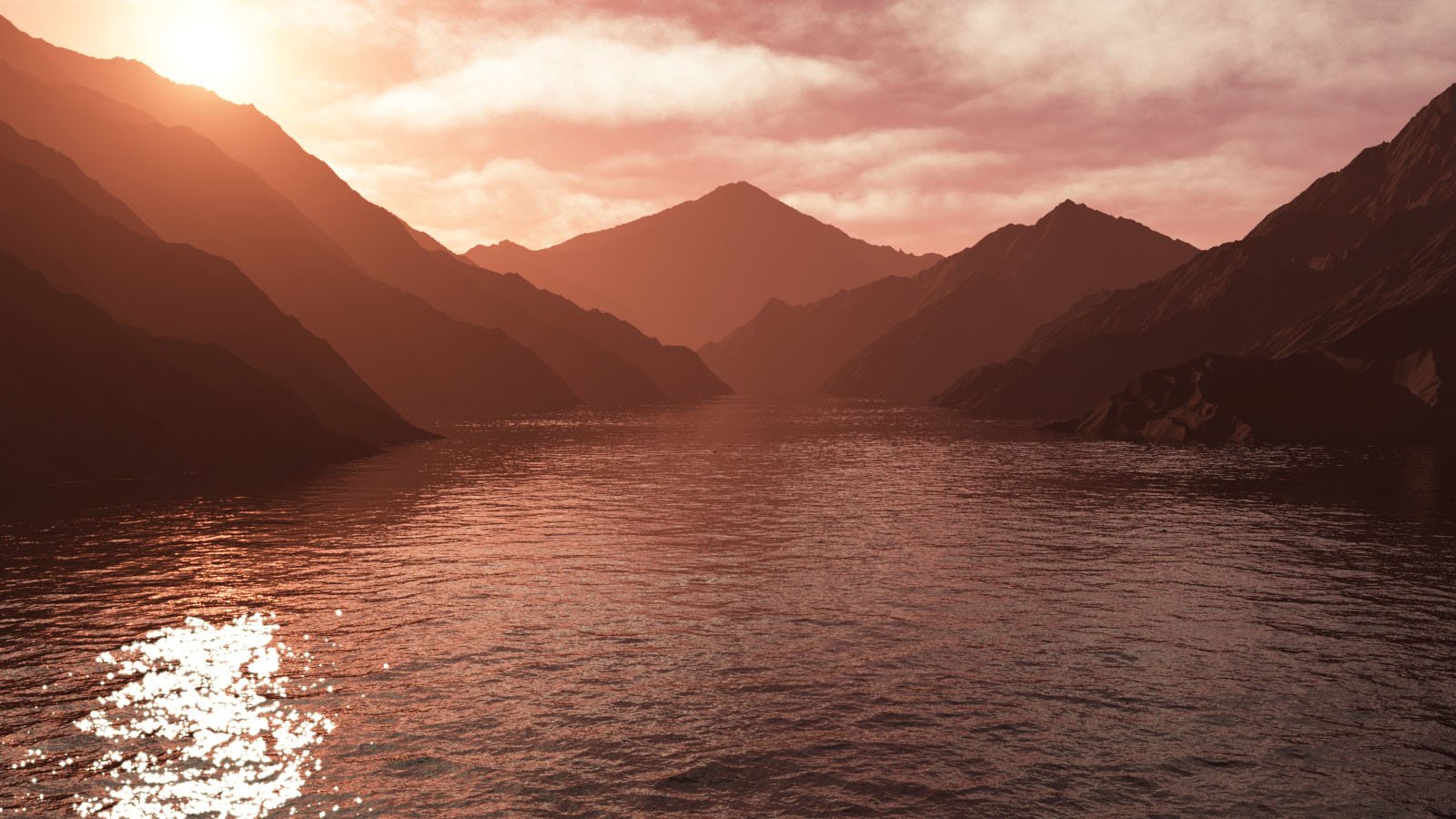
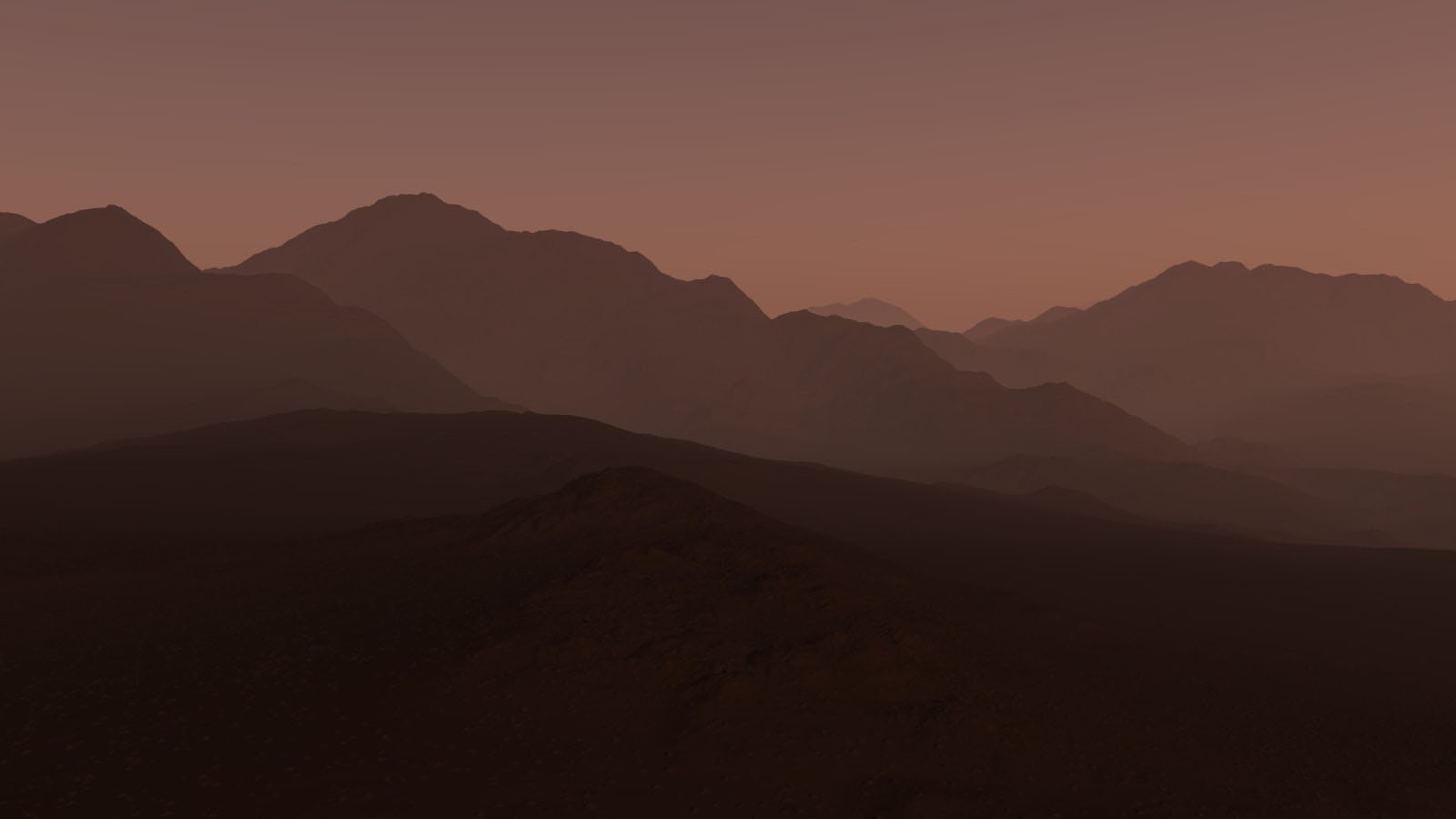
Presentation Method
For the following images I chose a simple framing method; this is mainly because I feel like the images are rather complex and I think a complicated display would only harm the photographs as the viewer would be too distracted.
I bought 3 simple glass frames with a black outline; I found out that the images were too small for the frames alone so I decided to make borders in order to fill the empty space. I experimented with different sizes and colours before I then cut out 2 white borders (for the A4 prints) and 1 black border (for the A3 print).
Evaluation & Critique
Overall I am rather happy with the final outcome and how everything tied together; during this project I explored a variety of different landscapes (both man made and naturally occurring) but settled with a self made landscape.
I liked the control I had over the geo-mapped landscapes; I could alter every last detail which wouldn’t be possible in a real life situation. Due to this i’m rather pleased with the photographs. The first image has a warm, morning atmosphere, the main focus of the image is the sun in the middle left. The second image has more pink undertones which give it a more surreal feel. The last photographs contains more purples which results in a colder, evening perception.
The lighting would have been natural if the photographs were of real landscapes, otherwise it’s technically artificial as it came from a fake source designed to act like the sun. Since most of the images are in focus, it is safe to assume a small aperture was used (f/20+) and the shutter speed was a little longer than usual to help capture the detail. Visually, the images are appealing to the eye – there’s a distribution of tone and texture throughout each photograph. In addition to this, the first image follows the Rule Of Thirds (a point of focus is found within 1/3 of the photograph) which contributes to its success. The photos are all shown to be taken from the viewpoint of someone standing below the mountain scenery – which further contributes to the appeal of the pictures.
Critically speaking, the photographs feel detached from reality; they seem too perfect to exist. Maybe this idea of creating a landscape that’s perfect ruins the concept of capturing nature (which, most of the time, is not perfect). Although I enjoyed making these surreal landscapes, it also allowed me to understand Landscapes more deeply and even aided me in obtaining a new view.
Experimenting With Map-Rendering Software
What Is It?
Terragen is the software that many artists turn to when they want to render beautifully realistic landscapes, skies or other natural environments. It’s used to create blockbuster movies such as Star Wars: The Force Awakens, TV shows, games, VR environments, museum exhibits, documentaries, and much more.
Generally speaking, it’s a landscape generator designed to render micropolygon displacements. It’s driven by a layer-based system, which allows you to drive fractal functions with various shaders. So, for instance, you can have a fractal node generating the landscape, with a displacement shader adding specific details. Then the colour can be derived from another node, and masked by a shader driven by slope or altitude – which in turn can be driven by another node – and so on.
Currently, the prices for Terragen 4 stand at $349 for Terragen Creative and $699 for Terragen Professional. However, Planetside (the company behind Terragen) offers an educational license that allows you to acquire Terragen Creative for free given that you can prove that you’re a student.
Source: Official Terragen Site
My experimentation with Terragen 4
The Terragen Education Licence doesn’t come with any sort of tutorial or guide on how to use the software, therefore, I was left to figure out the basics by myself. Below is a basic overview and my understanding of each of the functions.





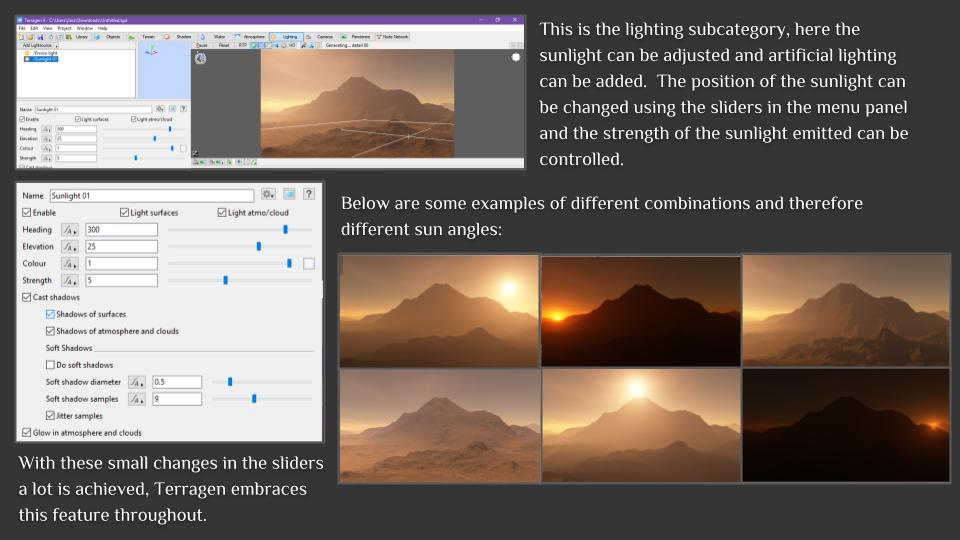

Contextual/Conceptual Study
Joan Fontcuberta – Artist Research
Joan Fontcuberta, who was born in 1955. He is also a teacher, editor, curator and writer. He received a communication’s degree from Autonomous University of Barcelona in 1977. In his early years of career, he worked in the field of advertising just like his family. Between 1979 and 1986, he taught at the University of Barcelona in the Fine Arts department.
An exhibition by Joan Fontcuberta, titled Through the Looking Glass in association with Digital Nights, involved internet resources (Reflectograms and Googlegrams). These pieces of works aim to reflect the significance of the rise in use of images, the potential of viral distribution and broadcast, as well as artists’ proliferation.
Landscapes Without Memory
The series is deceptive; these aren’t photographs but computer-generated images created by software renderers that are designed to produce 3D images based on cartographic data. Fontcuberta decided to explore the possibilities of the technology by feeding it misinformation: instead of giving it a map to read, he fed it the visual data contained in famous paintings or pictures of different parts of his anatomy. The results are these “landscapes without memory.
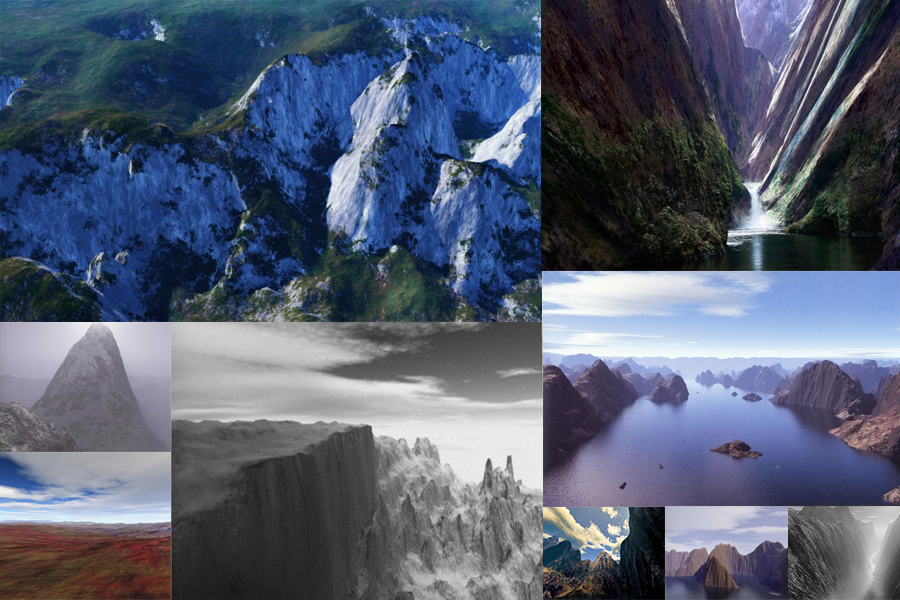
Night Photography
Artist Research – Edgar Martins
Edgar Martins (born 1977, Évora, Portugal) grew up in Macau, moving to London in 1996, where he completed an MA in Photography and Fine Arts at the Royal College of Art.
Landscape, place, space, and architecture have established themselves as the predominant themes in Martins’ photographic imagery. Martins uses photography to develop a philosophical, quasi-scientific investigation, examining various minimalist concepts of the contemporary urban landscape. Moving between the factual and fictional, between the concrete and the metaphorical, the artist operates within a landscape of uncertainty, permanent flux, transition and opposition.

My Contact Sheets


Edited Pieces Selected From Above Photographs

Altered Landscapes
What Is It?
The Altered Landscape Photography Collection is the largest focus collection of the Nevada Museum of Art permanent collection. Since its establishment in the early 1990s, the collection has included images that address and engage issues related to land use and the changing landscape.
Much inspiration for this theme was deprived from a group known as the New Topographic photographers; they made works that framed industrial structures, suburban developments, and other ordinary subjects with unprecedented matter-of-fact realism.
Now, the term ‘Altered Landscapes’ refers to a variety of different subjects and approaches, these range from surreal images where Photoshop and editing plays a large part to purposely visibly cut and pasted imagery. Due to this, altered landscapes is a very open theme to work with.


